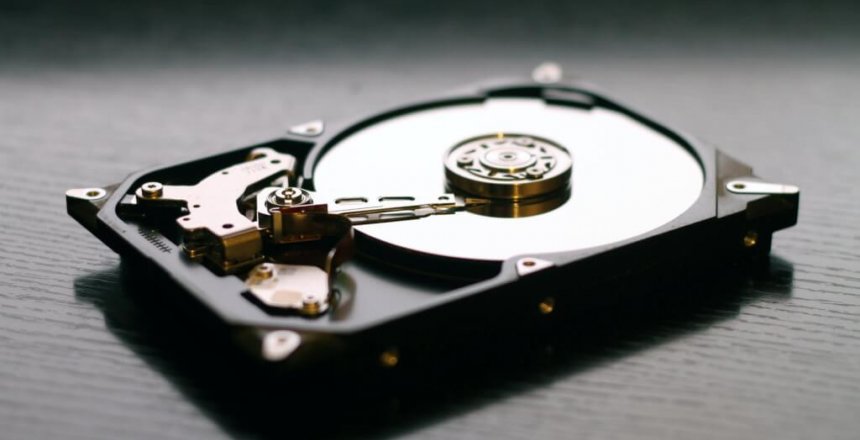In an ideal world, everyone would have a backup copy of all their files and folders that they can restore their computer whenever they need to; they’d have all the serial numbers and passwords at easy reach too, so they’d not forget a thing, but we don’t live in that ideal world, and things break all the time.
Reinstalling Windows
Back in the past, Windows had a habit of corrupting the hard drive in such a way that you had to reinstall Windows to fix a problem, and this had to be done with an install DVD. This meant all your installed programs would have to be reinstalled, but back in those days there were physical CDs and DVDs which had product keys and serial numbers that could be typed in.
Microsoft has improved Windows 10 so that you can perform a clean install and when used with their Microsoft accounts and a paid OneDrive account, all your files can be stored in the cloud, so you can wipe it clean and login to restore all those files. With Office 365 which stores files in OneDrive by default, it’s just a matter of logging into that and getting your Office programs back too.
However, if you have a lot of data in the cloud, redownloading it, especially over a slow internet connection is time consuming.
Drive death
Nothing lasts forever, and hard drives will eventually die. Any data that is not stored in the OneDrive will be lost when a drive fails.
Virus attack and Ransomware
These are two common problems and lead to data corruption and encryption. Sadly, having a OneDrive stored copy in the cloud that is now corrupted or encrypted means you have effectively lost that data.
Conclusion
Always keep a backup of your files and folders; store your passwords in an encrypted zip file on your computer, so you can enter a pass phrase and you have access to that file when needed. Have your passwords in a book that you can refer to but can easily be hidden amongst other books so the casual observer can’t get into your accounts.

